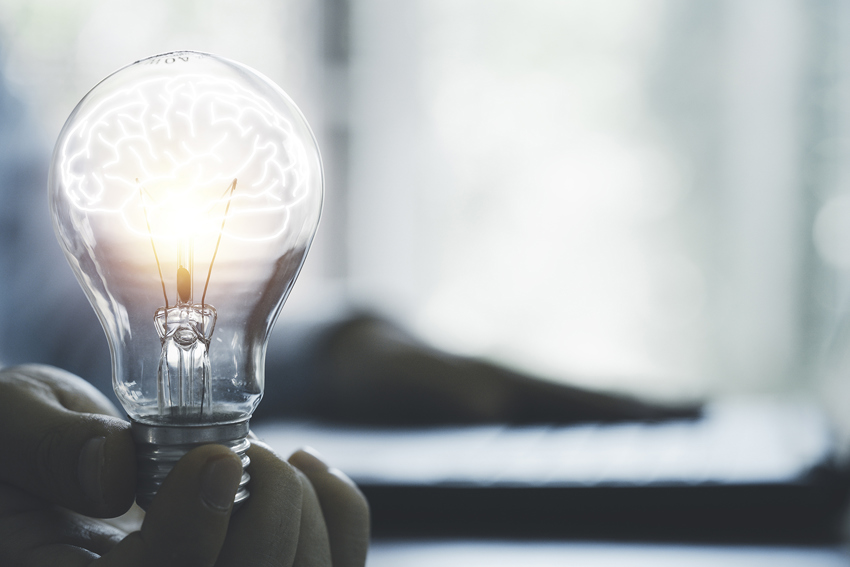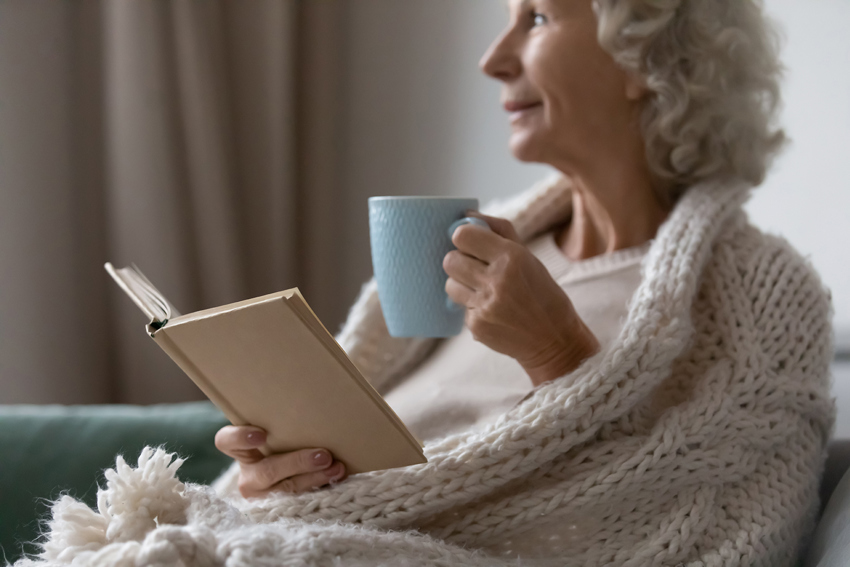How does light affect us?
Light is a major determinant of our physical and psycological well-being. It has great influence on our sleep-wake rythm, but we experience light differently as the need for light increases with advancing age.
Light and biology
It is well-established that daylight has a biologically positive effect on the human body. Natural daylight keeps the nervous system in balance and also maintains hormone production in the body. Daytime, when light reaches the retina of the eye, signals are sent to the brain to reduce its production of the sleep hormone, melatonin. That makes us stay awake and alert during the day, but at night time when no light reaches the eye, the production resumes. That allowing us, hopefully, to get a good night’s sleep.
Studies have found that daylight helps us synchronise with the natural biorhythm. A sufficient amount of daylight positively affect our ability to sleep, decrease our stress levels and counteract mood swings. A common feature of all daylight is that it is the opposite of conventional electric light and is rarely perceived as static or steady. Colour temperature, intensity and the brightness of light change, which keeps humans alert. These dynamic signals from the light around us are interpreted and processed by the human body.


Light and psychology
In prehistoric times, we lived outdoors with the sky as our roof, continuously exposed to natural daylight. We are inextricably tied to daylight and its transitions, and even today, changes in natural light affect our mood and our emotions. Although we are essentially biological beings, we also have to bear in mind the psychological effect of light on our well-being.
How are the different forms of daylight perceived? What emotions are associated with a cloudy afternoon in November, and with a sunny morning in April? These deeply rooted emotions and attitudes to certain qualities of daylight are closely linked to the dynamics of daylight.
Today, electric lighting can be adapted in real time to supplement natural daylight. This is done to provide more creative, stimulating and active environments. Known as double dynamic lighting (DDL), this is a new lighting design concept for dynamic indoor illumination. DDL is used in indoor environments like offices, schools and hospitals.
As part of a study at Aalborg University in Denmark, participants in a research experiment were exposed to dynamic lighting for an extended period of time. The aim was to investigate if a combination of daylight and intelligent dynamic lighting could be a factor for improved health and well-being. The participants in the study reported that the dynamic lighting made the atmosphere seem more pleasant. They also experienced positive effects on their motivation, concentration and work flow.

Light and age
With advancing age, our need for light increases. A 40-year-old, for example, needs twice as much light as a 20-year-old, and a 60-year-old needs 4 times as much light. Studies tell us that people in their 80s may need up to 30 times more light.

Glare is the discomfort experienced when the eye is exposed to more brightness than it it can adjust to, and is therefore perceived differently depending on the viewer’s age. Older individuals are more sensitive to glare than younger ones.
However, people also have different personal preferences as regards the colour of light. This is often also age-dependent as older people tend to prefer warmer light and younger ones, colder.
We have become accustomed to have the option to adjust and choose the level of most objects we are surrounded with. We adjust our chair, the height of our desk and the font size on the screen.
In fact, it’s basically only the light we can’t adjust to what we happen to do at the time. We may be able to adjust the intensity of the light, but the colour temperature of the light is determined by someone else.
Today, the technology exists for adjusting light to our personal preferences, including colour temperature which is known as Tunable White. Sometimes we need that cool energising light, other times the soothing effect of warm light i better suitable.